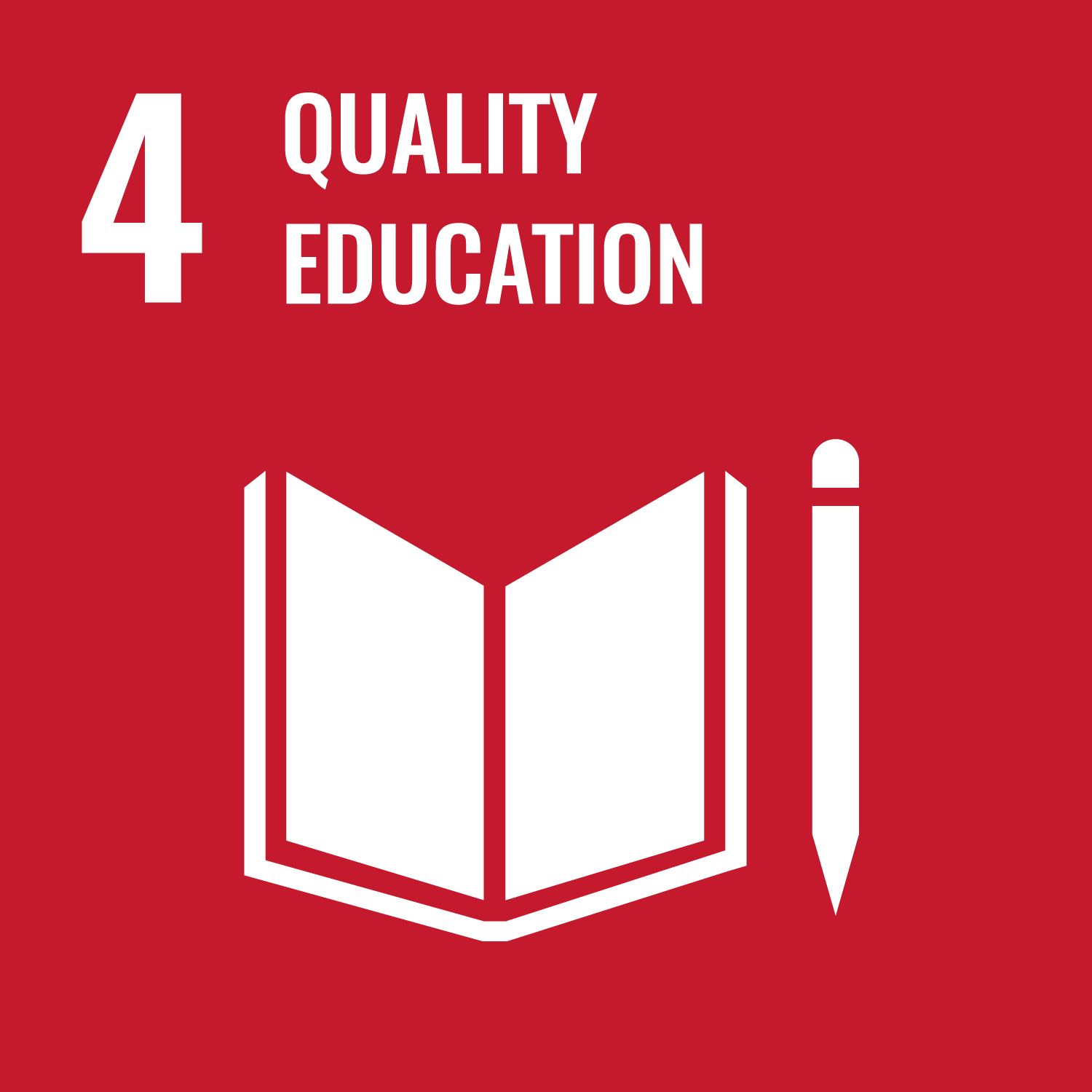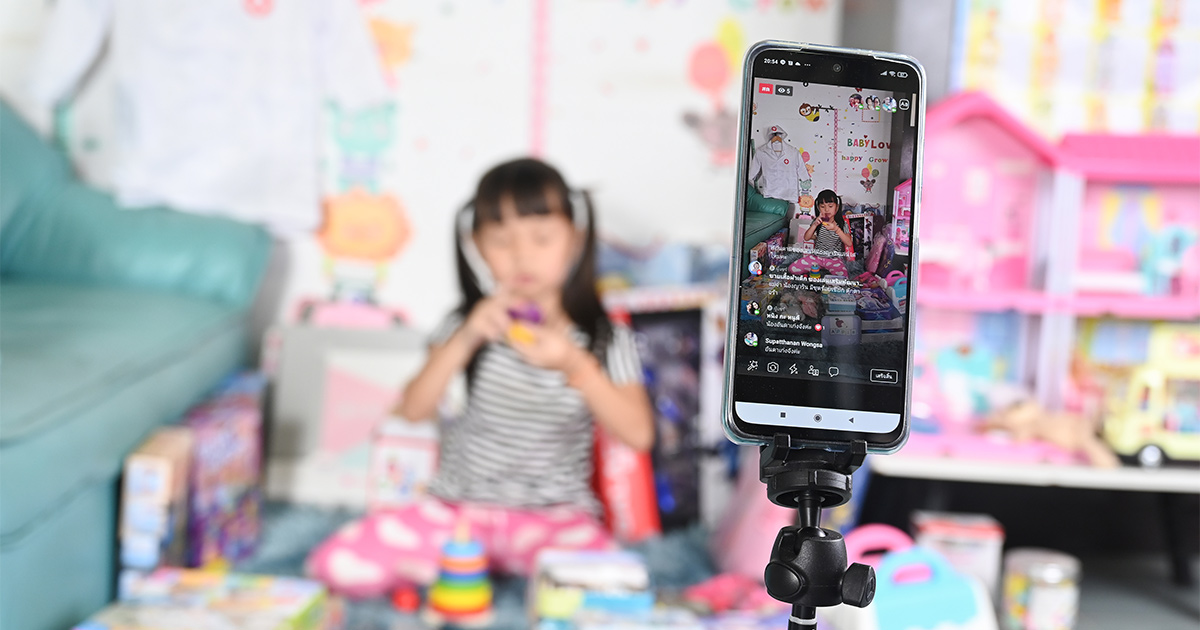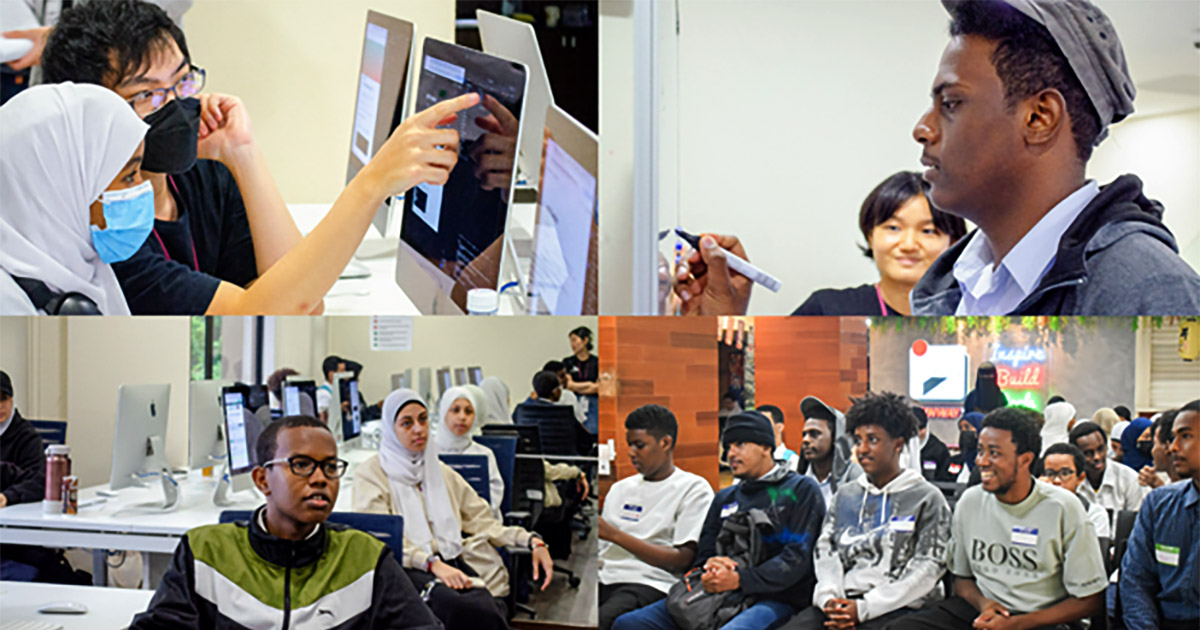The Vision Time Bomb
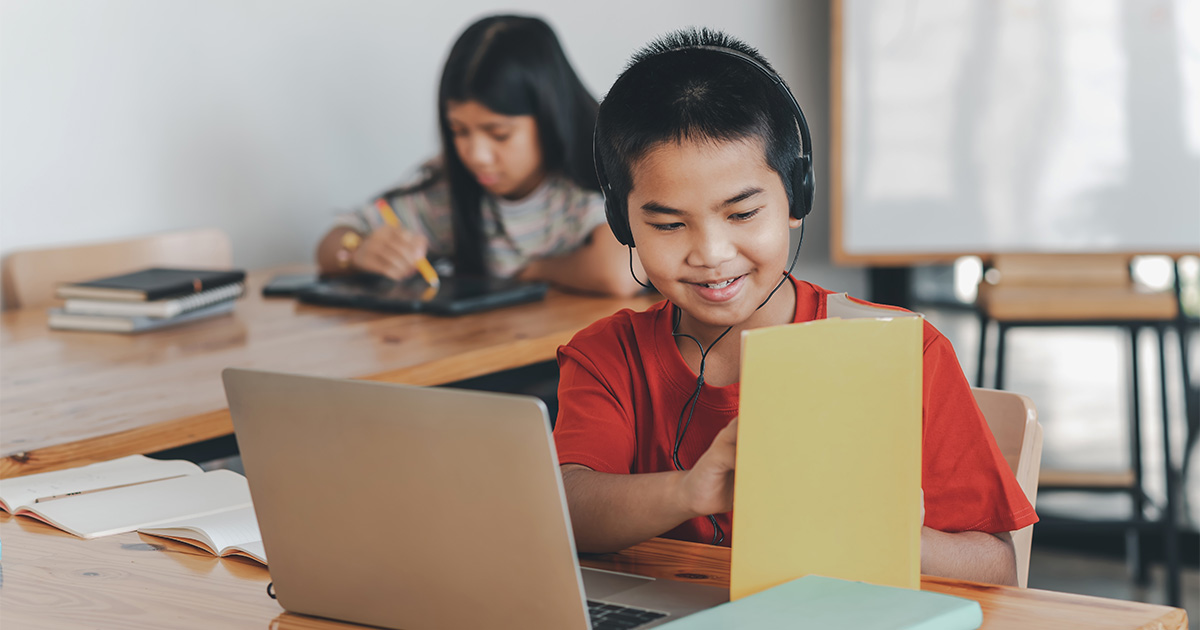
Key Takeaways
- Childhood short-sightedness is rising sharply as screen time increases.
- Early detection, corrective wear, good nutrition and screen time management are four simple steps that can safeguard a child’s eyesight
From online classes to video games, screens have become a constant part of childhood but this digital shift often comes with a hidden cost: our children’s eyesight. According to the World Economic Forum, short-sightedness in children has tripled since 1990, with the trend rising sharply after the COVID-19 pandemic. If this continues, as many as 40% in developing countries may be short-sighted by 2050.
“In Malaysia, nearly one in two children is affected by refractive errors and about one in three has myopia – a condition where light focuses in front of the retina, causing distant objects to appear blurry,” explains Dr Fiona Chew Lee Min, consultant ophthalmologist and paediatric ophthalmologist strabismus surgeon at Sunway Medical Centre Velocity (SMCV).

“Astigmatism, which blurs vision at all distances, affects nearly one in 20 children while hyperopia, or long-sightedness, is less common but still significant,” she says.
While this issue is concerning, parents can take simple, proactive steps to protect their children’s precious eyesight.
1. Small Clues that Signal Big Eye Problems
Early signs of myopia can be easy to miss. Children may squint to see the board at school, blink frequently, rub their eyes often, or hold books and devices unusually close.
Dr Fiona also notes that even behaviours sometimes dismissed as bad habits, like sitting too close to the television, may be a child’s way of compensating for their struggle to see clearly.
Parents often overlook these symptoms because children rarely complain of vision problems and tend to adapt to their limitations.
“If left untreated, refractive errors can lead to more serious vision problems, including lazy eye which causes permanent poor vision, eye alignment issues, headaches from eye strain, problems with depth perception and even difficulties in concentration,
Dr Fiona explains.
2. Don’t Skip the Glasses
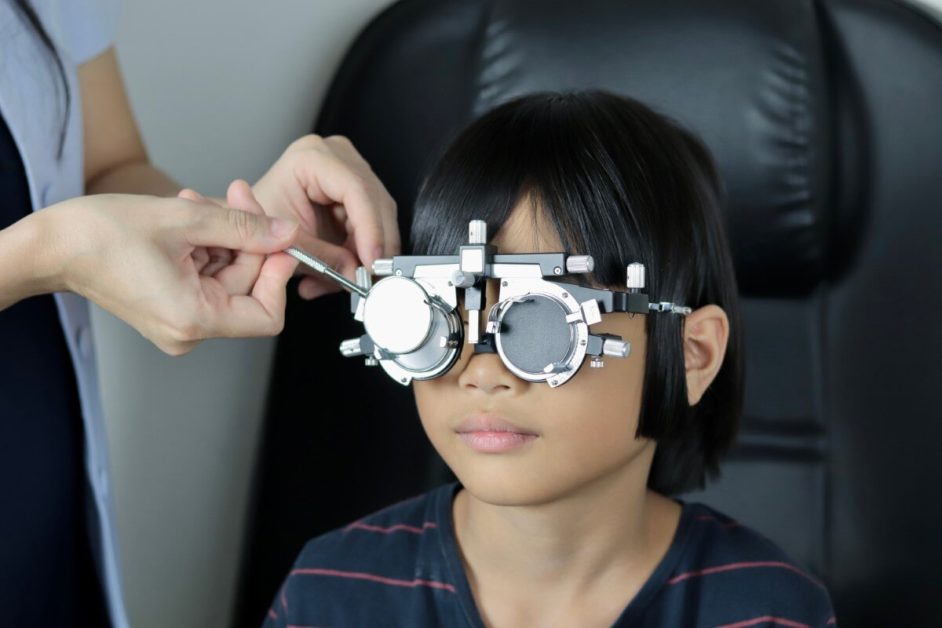
If your child is prescribed glasses, ensuring they wear them consistently is one of the most important things you can do.
According to Dr Fiona, prescription glasses protect a child’s eyesight and ensure they can learn, play and engage with the world without unnecessary challenges.
For older children around 10 to 12 years old, contact lenses may be an option but strict hygiene must be practised to avoid infections.
3. Food That Fuels Better Vision
Good vision is also aided by the types of food we consume.
A balanced diet rich in vitamin A, lutein, zeaxanthin and omega-3 fatty acids support healthy visual development and protects the eyes from damage.

“Nutritional deficiencies can increase the risk of eye conditions in the future,” says Yu Fei.
“These nutrients can be found in everyday foods such as carrots, sweet potatoes, eggs, spinach, broccoli, corn, salmon, mackerel, local favourites such as ikan tenggiri, ikan kembung, ikan patin, walnuts and chia seeds,
she explains.
Vitamin A helps children see in low light, lutein and zeaxanthin protect against harmful blue light, and omega-3s support healthy retinal function.
4. Keep Your Child’s Screen Time Under Control
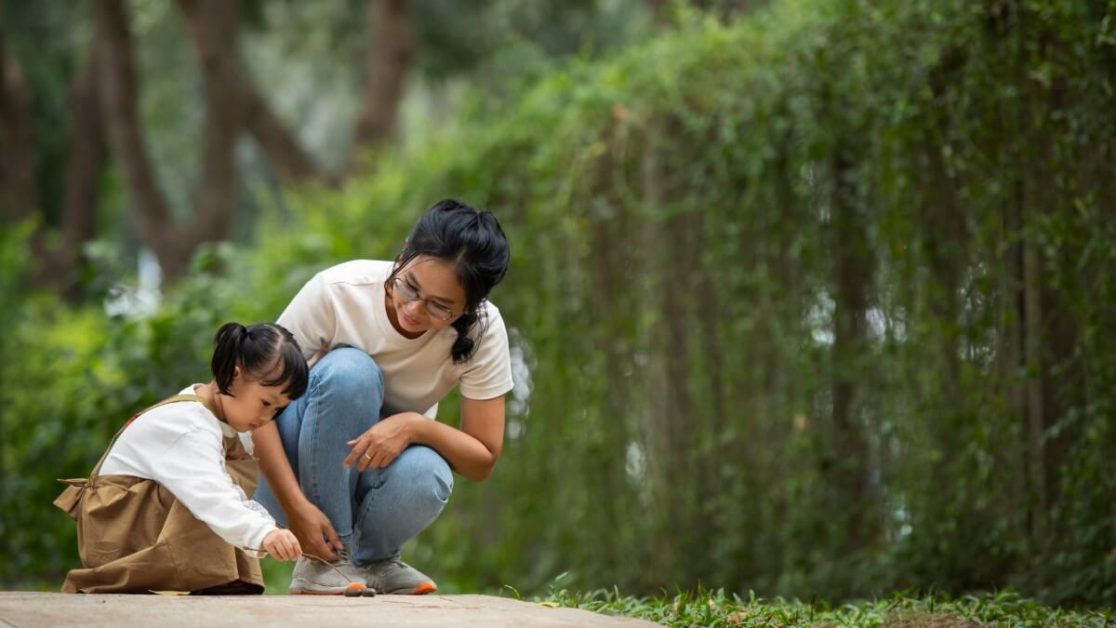
Reliance on digital devices has made vision problems worse, especially after the pandemic. Studies show that more than half of Malaysian students experience headaches from prolonged screen use.
Dr Fiona recommends introducing digital devices as late as possible, ideally after age seven, while children under three should avoid them entirely.
Simple, consistent habits can significantly reduce the strain that digital devices place on developing eyes. Spending more time outdoors is one of the most effective ways to protect children’s vision. It gives their eyes a much-needed break from digital devices and allows them to naturally focus on varying distances, which relaxes the eye muscles.
Natural sunlight also stimulates dopamine production in the retina, a neurotransmitter that is known to reduce the risk of developing myopia.
Another easy habit to adopt is the 20-20-20 Rule. For every 20 minutes of screen time, encourage your child to take a 20-second break to look at something 20 feet (six metres) away.
A Clearer Future
Parenting in the digital world comes with new challenges but small, consistent steps can go a long way in protecting your child’s vision. Regular check-ups, balanced nutrition and smarter screen habits can safeguard our children’s eyesight, ensuring they have a bright future they deserve.

